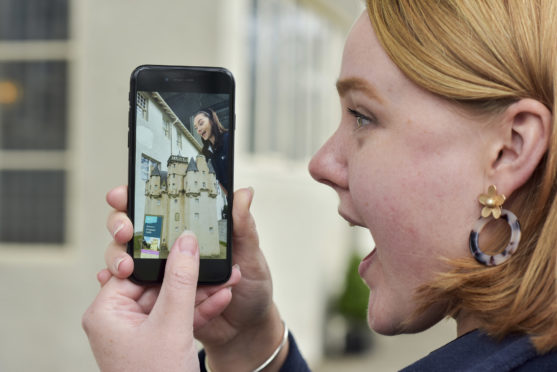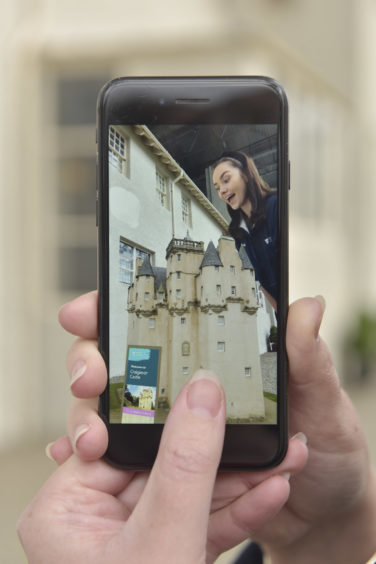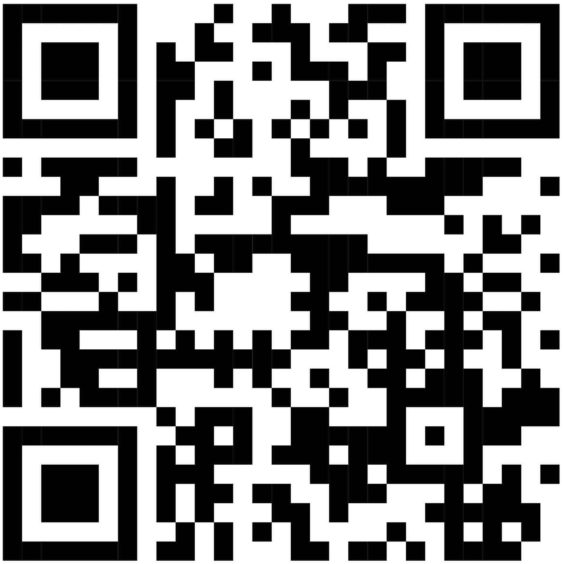
One of Scotland’s smallest castles features in a new Instagram filter launched by the National Trust for Scotland.
The conservation charity has teamed up with supermarket chain Lidl to create a 3D model of Craigievar Castle, which can be brought to life via augmented reality.
The picturesque location remains closed to visitors during the pandemic, but Instagram users can summon up the Aberdeenshire castle in an instant on their smartphone or tablet, with the lifelike ‘sensory projection’ appearing on their screens.
It means they can place the castle anywhere in the real world, from a coffee table to the middle of a park.
Moving the phone around, the castle can be seen from every angle.
In a nod to the mythical beasts carved on to the castle’s figurative cannons, the filter also features its own flying dragon, with flapping wings heard as it circles the turrets.

Craigievar is an exquisite example of Scottish Baronial architecture, and usually welcomes 22,000 visitors annually.
Dating back to 1576, it’s believed to be one of the inspirations for Walt Disney’s Cinderella Castle, with visitors flocking to see the enchanting rose-hued turrets.
To create the filter – the first time it has been done on this scale in Scotland – the entire exterior of the 26.3m (86ft) high building was meticulously scanned with a fleet of drones.
Hundreds of images were combined to build the model, which were then used to craft the 3D Instagram filter.
Dr Daniel Rhodes, National Trust for Scotland archaeologist, said: “It’s brilliant to be able to share Craigievar with people in this way, especially just now. It’s a lot of fun to have a pink castle popping up in your living room and being able to fly around it but what you’re seeing on your phone is a conservation-grade scan of the property.
“That’s valuable to us in a number of ways. It gives us an incredibly detailed documentation of the property that we can refer back to in future years and you can really see how the castle was constructed over the centuries by the different habitants.
“It also shows off the property in a way that’s never been done before in Scotland. Using an augmented reality model within Instagram is hugely fun and it’s a way of bringing conservation and our country’s history to people in a way that wouldn’t have been possible until a few years ago.”
Until the end of October, The National Trust for Scotland and Lidl will be on the lookout for the most imaginative, entertaining and fun locations that the public have placed the castle.
Anyone tagging their creations with @nationaltrustforscotland and @lidlgb on Instagram will be in with a chance of winning a behind-the-scenes visit to a Trust castle of their choice, a Trust family membership and lots of Lidl goodies.
Full details can be found on the National Trust for Scotland’s website at www.nts.org.uk/lidl.
The AR filter can be accessed by scanning the QR code below or by going to www.bit.ly/NTSLIDL


Enjoy the convenience of having The Sunday Post delivered as a digital ePaper straight to your smartphone, tablet or computer.
Subscribe for only £5.49 a month and enjoy all the benefits of the printed paper as a digital replica.
Subscribe